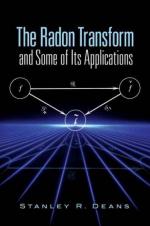|
This section contains 487 words (approx. 2 pages at 300 words per page) |

|
Radon (usually in the form of the Radon-222 isotope) is a colorless and odorless radioactive gas formed from radioactive decay. The most common geologic source of radon derives from the decay of uranium. Radon is commonly found at low levels in widely dispersed crustal formations, soil, and water samples. To some extent, radon can be detected throughout the United States. Specific geologic formations, however, frequently present elevated concentration of radon that may pose a significant health risk. The Surgeon General of the United States and the Environmental Protection Agency identify radon exposure as the second leading cause of lung cancer in the United States. Cancer risk rates are based upon magnitude and duration of exposure.
Produced underground, radon moves toward the surface and eventually diffuses into the atmosphere or in groundwater. Because radon has a half-life of approximately four days...
|
This section contains 487 words (approx. 2 pages at 300 words per page) |

|


